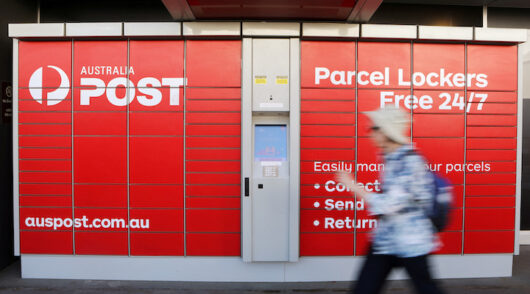 Australian retailers have responded to challenging headwinds by directly sourcing goods from overseas, resulting in price deflation across the sector, while margins have improved for best practice retailers,” according to a new ANZ research report.
Australian retailers have responded to challenging headwinds by directly sourcing goods from overseas, resulting in price deflation across the sector, while margins have improved for best practice retailers,” according to a new ANZ research report.
The ANZ study ‘The migration to direct source retailing: Opportunities from a lower exchange rate’, found that although this transition to direct sourcing is putting some retailers in a strong cost leadership position, it creates a new set of challenges should the Australian dollar depreciate below USD0.90c.
ANZ’s head of consumer sectors Australia, Andrew Hector, said: “We’ve completed an indepth analysis of the Australian retail sector and found that around 60 per cent of retail businesses, with annual revenue of more than $10 million, are now direct sourcing the majority of their goods sold from overseas. This leaves less than half of Australian retailers now locally sourcing or through intermediaries.
“Interestingly, we’re seeing that this practice is not just occurring at the ‘big end of town’, with SMEs also rapidly adapting their supply chain management and adopting the direct sourcing business model and importing directly,” Hector said.
“This change is driving significant business efficiencies for retailers. Indeed, one of our key findings is that gross profit margins for retailers have improved by six percentage points in the last six years, and that this improvement has been driven by the adoption of the direct source model. The assumption that retailers have primarily used a higher Australian dollar to drive recent margin improvement is an over-simplification and a common misconception about the sector.
“However the gap between best practice retailers and the rest of the pack has widened, with the former achieving 20 per cent higher gross product margins,” Hector said.
The research paper also found that the consequence of this migration to direct-sourcing is increasing import intensity of the retail sector.
“The move to direct sourcing has now left retailers and wholesalers more exposed to fluctuations in the Australian dollar as their import intensity has increased. This raises a new set of risk management considerations for the sector.
The report conducted a stress test of the profitability and cost impacts to retail and wholesalers at a range of average exchange rates over the next two years to understand the challenges a lower AUD will bring.
“Our analysis found that around 60 per cent of Australia’s direct-sourcing retailers would need to have employed offsetting strategic initiatives to avoid either a significant hit to profitability or sharply push up retail prices if the Australian dollar was to sustain a fall to USD0.85c.
“However, this is the worst case scenario and in reality we are seeing best practice retailers proactively managing these risks,” Hector said.





